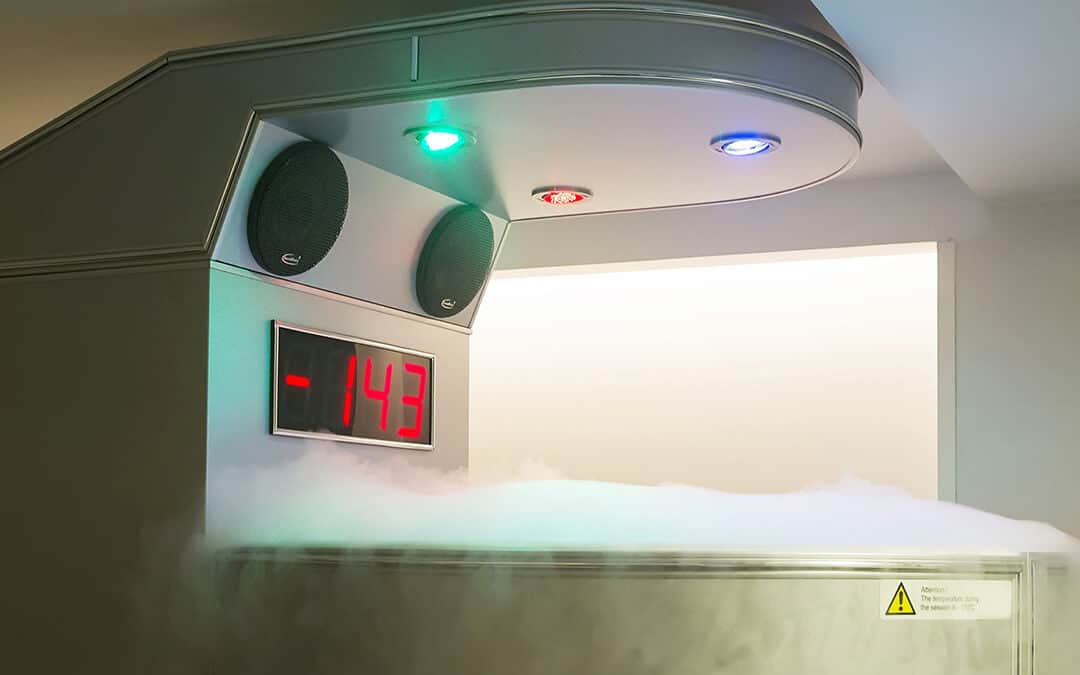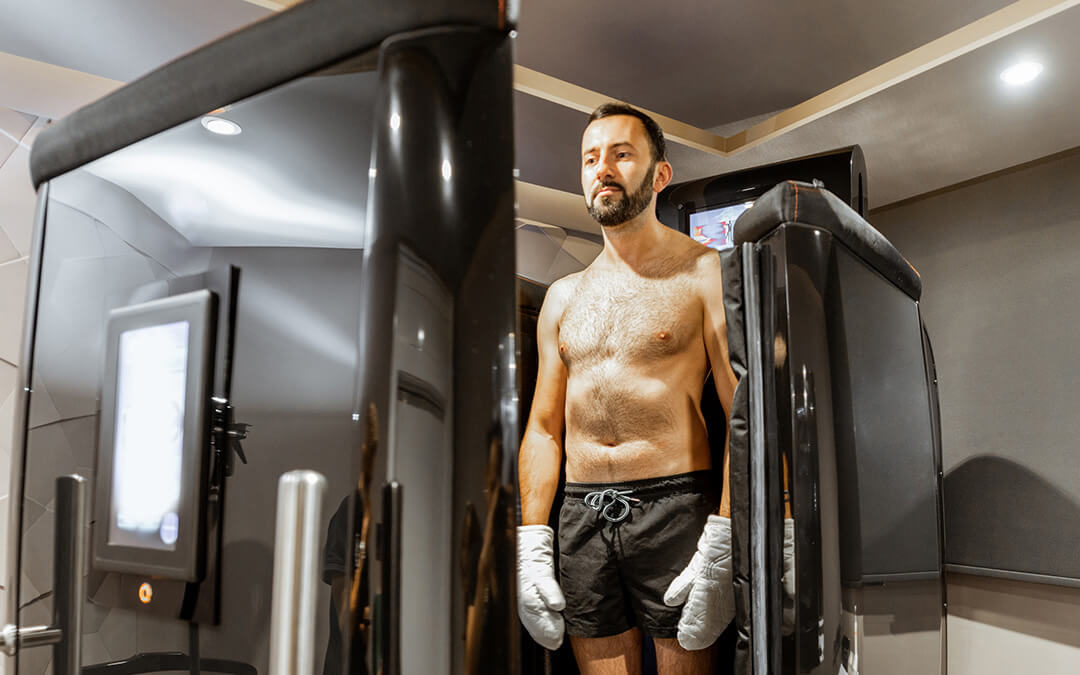The new year is often accompanied by new practices for people. Resolutions to get fit, to lose weight and to take better care of their bodies abound. Here to help people meet those resolutions are modern-day spas, physical therapists, surgery centers and other medical professionals offering the latest and greatest that advances in technology can offer. One such offering on the horizon — or one that’s already here for the professional athletes among us — is whole-body cryotherapy (WBT).
What is whole-body cryotherapy? Think of cryotherapy as cold. Clients enter a cold chamber to undergo freezing temperatures, all in hopes of greater muscle repair and pain relief, weight loss, sleep improvement, beauty treatment and more. If you’re considering bringing these therapies to your spa menu, or you already have, here’s what you need to know (both some of the health benefits and the risks of these new, trending therapies).

Whole-Body Cryotherapy Is Not Approved by the Food and Drug Administration
WBT is not currently approved by the FDA. Granted, many of your clients will not care about this, but it is something to be aware of. Medical Daily1 reports that Aron Yustein, M.D., a doctor and medical officer for the FDA’s Center for Devices and Radiological Health, released the following statement:
“Given a growing interest from consumers in whole body cryotherapy, the FDA has informally reviewed the medical literature available on this subject. We found very little evidence about its safety or effectiveness in treating the conditions for which it is being promoted.”

Whole-Body Cryotherapy May Increase the Possibility for Muscle Damage
Unfortunately, based on studies in animals2, there is scientific evidence that shows that if a client’s muscles were cooled “sufficiently” or far enough, this might “actually delay recovery and increase muscle scarring following significant muscle damage.” That’s not great news.
And even though many professional athletes have been using this therapy, it’s likely that the use of whole-body cryotherapy in humans as a therapy for post-damage muscle repair does not create powerful-enough changes in muscle temperature to have significant effects on repair mechanisms. In other words, WBT may not actually make any kind of noticeable or significant difference in muscle repair. For more information, see “Alternative treatments for muscle injury: massage, cryotherapy, and hyperbaric oxygen3.”
What Should Spa Owners Do With This Information?
Be sure not to stretch claims further than the scientific literature allows. Use caution and wisdom when advertising potential health benefits, and let the clients decide whether WBT is right for them.
To learn more about CalOx’s liquid nitrogen in cryotherapy, contact us today.
